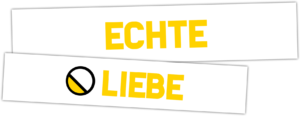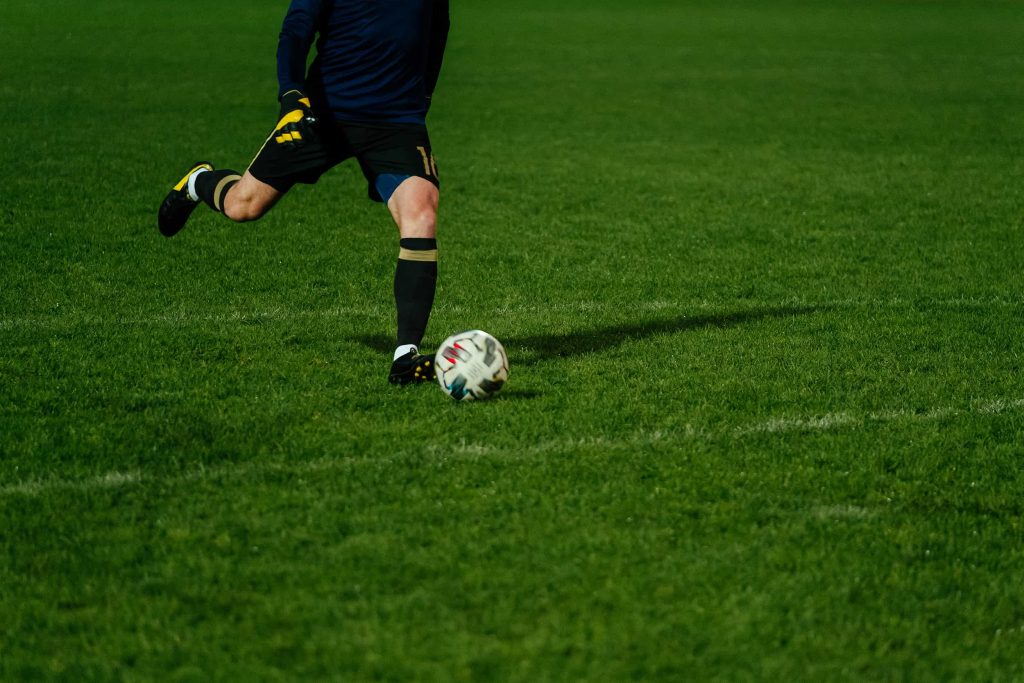Last week Friday saw the Bundesliga resume with a competitive match up, as Borussia Dortmund hosted Eintracht Frankfurt. Lucien Favre and his players were under pressure to deliver the attacking performance to match their already solid defensive displays. Eintracht Frankfurt knew they had to defend exceptionally well if they were to stop Borussia Dortmund’s highly talented individuals. Coached by Adolf Hutter, they came into the fixture seeking their second win of the season.
The game saw Dortmund take a 1-0 lead in the first half through Abdou Diallo but it wasn’t until a certain young Englishman was introduced that they took control of the game. The match ended 3-1 to Borussia Dortmund after an inspired performance by Jadon Sancho, which gave every single fan the attacking performance they craved. Dortmund now head into their UEFA Champions League fixture against Club Brugge with renewed confidence and certainty of overcoming stubborn defences. Let’s take a look at how the game played out below…
Lineups:
Borussia Dortmund(4-2-3-1): Burki; Piszczeck, Akanji, Diallo, Schmelzer; Dahoud, Delaney; Wolf, Reus, Larsson; Phillip
Eintracht Frankfurt(4-2-3-1): Trapp; da Costa, Abraham, Ndicka, Falette; Torro, Fernandes; Fabian, Gacinovic, Kostic; Haller
Borussia Dortmund’s Strategy in Possession:
Dortmund were set up in a 4-2-3-1 shape and had a very clear strategy in possession. They looked to entice Frankfurt to the ball when they had the ball in deep midfield, with the hope that they would concede space in behind their midfield line. During passing and moving play, they looked to pull Frankfurt out of position through the movement of the ball and players. Once space opened up, Dortmund’s advanced players looked to drive on forward or combine with their teammates, running from deep areas.
Eintracht Frankfurt also started the game using a 4-2-3-1 shape. They used a mixture of space-oriented and man-oriented zonal marking the latter approach ill-suited to defending against Dortmund in possession. They set up in advanced midfield when Dortmund were on the ball but chose not to apply full pressure on Dortmund’s centre-backs. They allowed Diallo and Akanji time and space on the ball as long as they didn’t have any pass options. Rather, their centre-forward Heller and their central attacking midfielder Gacinovic chose to man-mark Delaney and Dahoud, Dortmund’s midfield play-makers. Their wingers would position themselves in the half-space, creating a compact midfield shape, whilst anticipating passes out to Schmelzer and Piszczeck, before pressing. So now that I’ve explained both team’s strategy let’s explore how the actual game panned out.
For the opening 30 minutes of the first half, Dortmund’s approach in possession worked perfectly. Adolf Hutter’s deployment of Heller and Gacinovic upfront was not effective defensively. Delaney and Dahoud, in particular, would simply drop into space right in front of them. This not only gave Dortmund a free man(with ball-playing ability) in their back-line but it allowed their fullbacks to push forward. If either Heller or Gacinovic were pulled out of position, by chasing the ball, it would force one of Frankfurt’s defensive midfielders to push forward and cover the empty space. But their pressing just wasn’t effective as Dortmund’s back-line players would layer laser passes into their advanced teammates. When Schmelzer or Piszczeck pushed forward, Dortmund’s wingers would then move inside, creating a momentary 2 v 1 overload out-wide. I say momentary because although Frankfurt didn’t have complete access to the ball, they kept the midfield areas pretty tight despite being under-loaded(they kept a high-line and the ball-far winger was usually tucked in).
So Dortmund were successful in their first phase of possession, which was creating space in advanced areas and playing vertical passes into players in those spaces. The aim from there was to exploit the fact that they would only be up against Frankfurt’s back line. So how well did they do once they achieved that? Not too well. Once the quick vertical pass was played in behind Frankfurt’s midfield, the pattern was simple. Lay the ball off for runners from deep(the fullbacks out wide, occasionally Dahoud from deep) or play a through pass in behind Frankfurt’s last line(with one or two passes, depending on the situation). As I said, Dortmund certainly had space in advanced areas but it was only a matter of time before Frankfurt recovered and closed them down. It was a high-risk tactic that required individual quality and slick combinations to consistently exploit Frankfurt’s back-line. Think Jurgen Klopp’s Liverpool or Napoli. However, Dortmund weren’t compact around the ball often enough, which meant they lost possession often trying to combine over longer distances. The trio of Reus, Phillip and Larsson also weren’t at their best on the day, so Frankfurt were rarely troubled in the final 3rd.
However, from the 30th minute, there were 2 plays in which Dahoud got involved in the attack, which changed the game. Dortmund managed to establish possession in the final 3rd, retain it by being compact and switch play to the under-loaded side(where Schmelzer made late runs) when the opportunity arose. At the end of the 2nd play, Dortmund won a corner, which resulted in an Abdou Diallo goal…1-0 Dortmund!
Out of possession, Frankfurt tried to play a direct counter-attacking game through the use of long balls. However, the tall back-line of Akanji, Diallo and Delaney dealt with those aerial balls easily. Danny da Costa proved to be Dortmund’s only real threat but even his attacking runs and crosses from out-wide proved to be futile because of Dortmund’s aerial advantage.
The rest of the first-half played out like it did in the beginning. At half-time, it was up to Lucien Favre to make the adjustments that would help Dortmund create more good goal-scoring chances consistently.
2nd Half Adjustments:
For the first 15 mins of the 2nd half, Eintracht Frankfurt seemed to have found their way back into the game as they increased the amount of possession they had. They were poor when they had possession for long periods in the 1st half. They seemed to have no plan for how to break down Favre’s side, aside from trying to exploit counter-attacking opportunities. As a result, Dortmund allowed them to retain the ball in deep midfield areas where they posed little to no threat. Even when Gelson Fernandes dropped into the back-line to create a 3rd man, Dortmund’s midfield covered any open spaces as Reus and Phillip pressed the back-line. Schmelzer and Piszczeck would invert their positioning so that they were in between the midfield and the flanks, creating cover and balance in the midfield, but also ready to press out-wide. Dortmund were also man oriented but as mentioned, Phillip and Reus were tasked with pressing the centre-backs. The pressure Frankfurt’s midfielders had on them meant that Frankfurt’s centre-backs usually had no viable pass options in central areas to advance the ball and bypass Dortmund’s midfield. This resulted in them playing passes to the fullbacks which simply allowed Dortmund to squeeze them out wide. Frankfurt did grab a goal during this period, however, it was down to a case of randomness as Diallo’s intended clearance ricocheted off Schmelzer into the path of da Costa. Dortmund were slow to recover and da Costa’s cross into Heller was put away brilliantly. The goal was not a result of their tactical approach in attack. Dortmund negated them for most parts of the game restricting them to a total of 5 shots. 3 of which were from long range.
Super Subs:
“Like I said, the Dortmund certainly had space in advanced areas but it was only a matter of time before Frankfurt recovered and closed them down. It was a high-risk tactic that required individual quality and slick combinations to consistently exploit Frankfurt’s back-line.”
Jadon Sancho replaced Larsson in the 58th minute, Paco Alcacer came on for Phillip in the 66th and Wistel replaced Delaney in the 68th. What they brought to the game was simple. Witsel added control to the midfield in possession and allowed Dortmund to have two distributors on the field rather than one. Delaney is a great defensive midfielder with lots of energy but his play-making ability is rather average. Witsel also allowed Dahoud to push forward and add numbers in attack without compromising the need for a playmaker in deep midfield. Jadon Sancho had great output in the match as he was sharp with his actions and had an almost effortless game as everything he did came off. He added that incisiveness to Dortmund’s attack something they were missing as Marco Reus had a surprisingly poor game. Paco also added an element of incisiveness to the game and the trio not only got Dortmund back in the lead but Paco scored on his debut to put the game out of reach for Frankfurt. Same attacking tactics as in the 1st half but it was the difference in quality of player that allowed Dortmund to make the most of their strategy. Just look at the second goal:
Conclusion:
Dortmund were excellent in the first phase of their build-up, and their tactical approach was very appropriate for the opponent they faced. They were poor in advanced areas throughout the 1st half except on two occasions, when they remained compact and maintained possession higher up the field. The resulting corner at the end of the two short spells of possession led to the opener. Dortmund’s 2nd half adjustment, which allowed Frankfurt on the ball in non-threatening areas was also an intelligent move by Favre. However, he deserves credit for changing the game by bringing on Sancho, Paco and Witsel on at a crucial period in the game. Dortmund were always going to create chances in this game as long as their players performed. The quality those 3 subs brought into the game, allowed them to exploit Frankfurt’s back-line and create goal-scoring chances. They were incisive and it was all thanks to them that they managed to regain the lead and close out the match. Congratulations to Paco for his stunning debut goal! On to Brugge we go!



